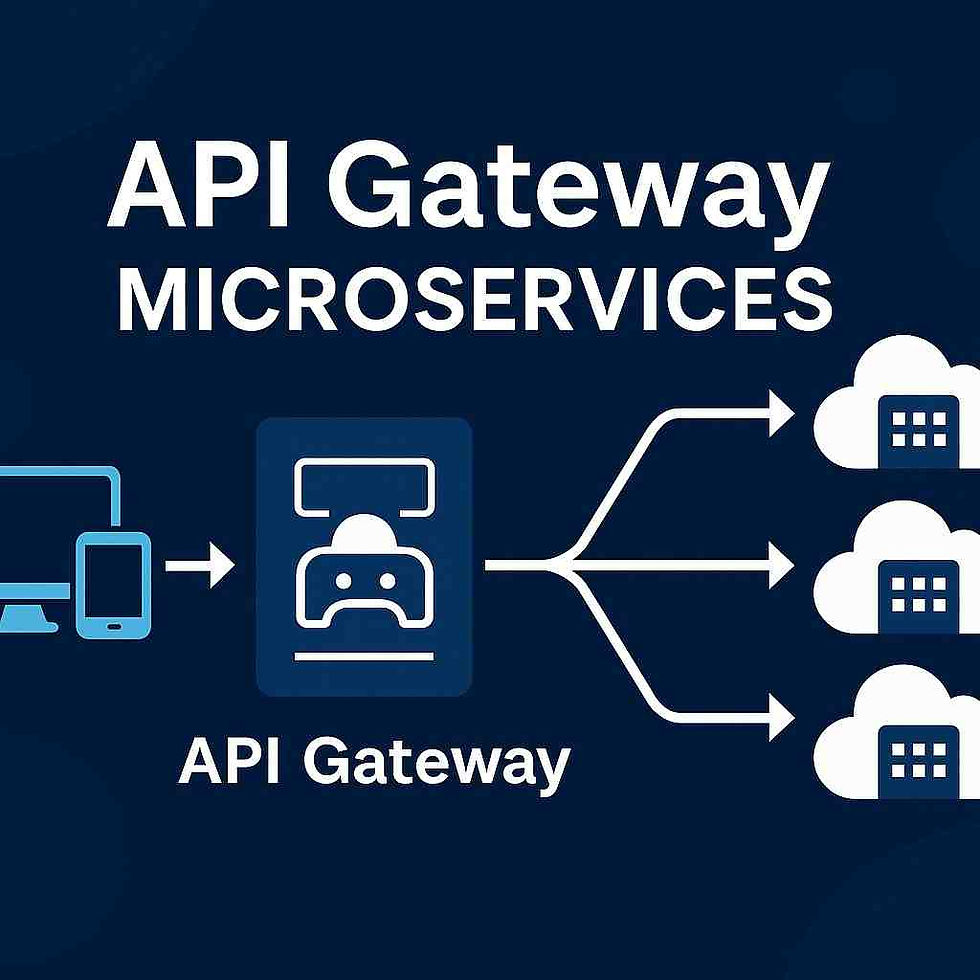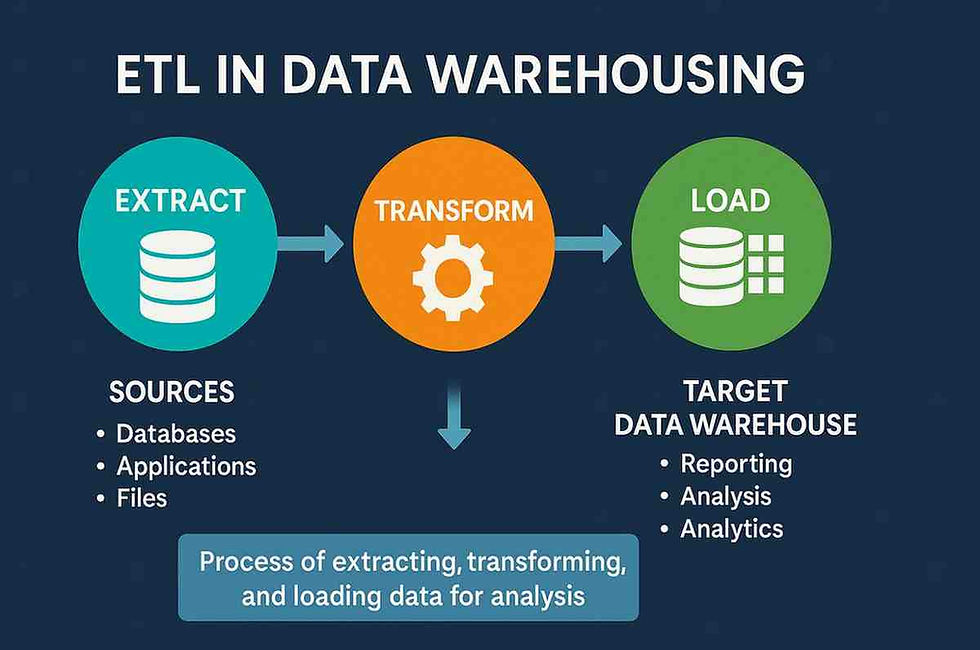Guide to TV Testing: Methods, Tools & Best Practices for Quality Assurance
- Gunashree RS
- May 19, 2025
- 7 min read
Introduction to TV Testing
In today's digital landscape, where streaming services and on-demand content have revolutionized how we consume media, ensuring a seamless viewing experience across all smart TV platforms has become critical. TV testing encompasses a complex set of methodologies aimed at evaluating performance, compatibility, and user experience across various television devices and platforms.
Whether you're a developer creating applications for smart TVs, a quality assurance professional, or a content provider looking to ensure optimal performance, understanding TV testing fundamentals is essential. This comprehensive guide will walk you through everything you need to know about testing applications and content on television platforms.
The smart TV market has expanded tremendously, with diverse operating systems including Tizen, webOS, Android TV, Roku, and Fire TV dominating the landscape. Each platform presents unique challenges and considerations for testing, making a systematic approach crucial for success.

Why TV Testing Matters in Today's Digital Landscape
The Growing Complexity of TV Ecosystems
Smart TVs have evolved from simple display devices to sophisticated computing platforms capable of running complex applications. This evolution brings several challenges:
Fragmented Ecosystem: Unlike mobile devices with two dominant operating systems, the TV landscape features multiple competing platforms with varying capabilities.
Hardware Diversity: TVs come in numerous screen sizes, resolutions, and processing capabilities.
Input Method Variations: From traditional remote controls to voice commands and mobile companions, input mechanisms vary significantly.
Network Dependencies: Streaming applications rely heavily on network conditions that can fluctuate dramatically.
Impact on User Experience and Brand Perception
Studies show that 88% of users are less likely to return to a website or application after a poor experience. For TV applications, the stakes are even higher:
Longer viewing sessions increase the impact of performance issues
Living room viewing is often a shared experience, amplifying the effects of failures
TV apps typically handle premium content, where quality expectations are high
Subscription-based models mean users can easily switch services after disappointing experiences
Essential Components of a Comprehensive TV Testing Strategy
Cross-Platform Compatibility Testing
Smart TVs utilize a wide range of operating systems, each with its own rendering engines, capabilities, and limitations. Effective TV testing must account for:
OS Diversity: Testing across Tizen (Samsung), webOS (LG), Android TV (Sony, TCL), Roku TV, Fire TV, and more
Version Fragmentation: Unlike mobile devices, TV operating systems update less frequently, meaning applications must support older versions
Browser Variations: For web-based applications, different TV browsers interpret code differently
A robust testing approach includes creating a device matrix that prioritizes testing based on market share and target audience. For example:
Platform | Market Share | Priority Level | Key Testing Considerations |
Samsung Tizen | 33% | High | Focus on remote navigation, 4K content rendering |
LG webOS | 28% | High | Magic Remote gestures, WebOS app lifecycle |
Android TV | 20% | Medium | Google Assistant integration, background processes |
Roku | 13% | Medium | Channel store integration, simple navigation |
Fire TV | 5% | Low | Amazon ecosystem integration |
Performance Testing for TV Applications
TV applications face unique performance challenges due to limited processing capabilities compared to modern computers or smartphones. Key areas to test include:
Launch Time: Users expect TV apps to load quickly; testing should measure time from selection to usable interface
Navigation Responsiveness: Input lag between remote actions and on-screen responses
Media Playback: Buffering times, transition smoothness between quality levels, and playback stability
Memory Management: Many TVs have limited RAM; applications should be tested for memory leaks during extended use
Performance benchmarks should be established based on industry standards and user expectations. For example, Netflix's technical requirements specify that apps should launch within 5 seconds and respond to remote inputs within 100ms.
Advanced TV Testing Methodologies
Automated Testing Frameworks for TV Platforms
While manual testing remains important for assessing subjective aspects like visual quality and user experience, automation is essential for efficient regression testing across multiple platforms. Several frameworks have emerged to support TV application testing:
Appium for TV: Extends the popular mobile testing framework to smart TV platforms
Robot Framework: Provides keyword-driven testing capabilities with TV-specific libraries
Cucumber with TV Extensions: Allows BDD-style testing for television platforms
Implementing automated testing requires:
Developing a robust test framework that accounts for TV-specific interactions
Creating reliable selectors that work across different TV rendering engines
Setting up continuous integration pipelines that incorporate TV devices or emulators
Establishing reporting mechanisms that capture TV-specific metrics
Real Device Testing vs. Emulation
While emulators and simulators offer convenience, real device testing remains crucial for TV applications due to:
Hardware-specific behaviors: Particularly for performance, memory management, and video processing
Remote control interactions: Difficult to accurately simulate in virtual environments
Screen rendering variations: Especially for 4K and HDR content
A balanced approach typically includes:
Using emulators during early development for rapid iteration
Conducting regular testing on core target devices throughout development
Performing comprehensive testing on an expanded device set before major releases
Leveraging cloud-based device labs for access to a wider range of TV models
Key Focus Areas in TV Testing
User Interface and Navigation Testing
TV interfaces face unique challenges compared to mobile or web applications:
10-foot UI: Designed to be viewed from a distance, requiring larger elements and text
D-pad Navigation: Most interactions happen through directional inputs rather than direct touch
Focus Management: Clear visual indicators of the currently selected item are critical
Testing should verify that:
All UI elements are visible and readable from typical viewing distances
Navigation paths are intuitive and follow a logical flow
Focus indicators are clear and consistent across the application
All functionality can be accessed through available input methods
Media Playback and Streaming Quality Assessment
For streaming applications, content playback is the core functionality requiring rigorous testing:
Adaptive Bitrate Streaming: Verify smooth transitions between quality levels as network conditions change
Audio/Video Sync: Ensure perfect synchronization across different content types
Trick Play Functions: Test fast-forward, rewind, pause, and resume behaviors
DRM Implementation: Verify proper implementation of content protection measures
Building an Effective TV Testing Lab
Essential Equipment and Setup
A comprehensive TV testing environment requires:
Reference Devices: Primary target platforms based on market share and user analytics
Network Simulation Tools: Equipment to simulate various network conditions (bandwidth throttling, packet loss, latency)
Input Devices: Collection of remote controls, including voice-enabled models
Video Capture Equipment: For recording tests and documenting issues
Controlled Environment: Consistent lighting conditions for visual assessment
Cloud-Based Testing Solutions
For organizations without resources for extensive device labs, cloud testing platforms offer access to real TV devices remotely:
BrowserStack's Real TV offering provides access to Samsung, LG, and other devices
Remote testing services allow manual and automated testing across different regions
Pay-per-use models offer flexibility for teams with varying testing needs
Best Practices and Common Pitfalls in TV Testing
Testing Best Practices
Create TV-specific test cases that account for unique interaction models
Prioritize testing based on the market share of different TV platforms
Include extended duration tests to catch memory leaks and performance degradation
Test on various network conditions to ensure streaming resilience
Verify proper handling of system events like incoming calls or low battery warnings
Include accessibility testing for screen readers and other assistive technologies
Common Pitfalls to Avoid
Over-relying on emulators without verifying on real devices
Neglecting older OS versions that may still have significant user bases
Failing to test with actual remote controls rather than keyboard/mouse simulation
Ignoring regional variations in content availability and network conditions
Insufficient testing of edge cases like app backgrounding and foreground resumption
Conclusion
TV testing presents unique challenges that require specialized approaches beyond traditional web or mobile testing strategies. As smart TVs continue to evolve with new capabilities and features, testing methodologies must adapt accordingly.
Organizations that implement comprehensive TV testing strategies will deliver superior user experiences, reduce post-launch issues, and ultimately build stronger brand loyalty in the competitive streaming landscape. By understanding the unique characteristics of television platforms and applying appropriate testing techniques, development teams can ensure their applications perform flawlessly across the diverse ecosystem of smart TV devices.
Key Takeaways
Smart TV testing requires consideration of multiple operating systems, hardware configurations, and input methods.
Performance testing is critical due to the limited processing capabilities of many TV devices.
A balanced approach of automated and manual testing delivers the best results.
Real device testing remains essential despite advances in emulation technology.
Focus management and navigation patterns require special attention in TV interfaces.
Network resilience testing is crucial for streaming applications
Cloud-based testing solutions can provide access to a wider range of devices without large capital investments
Comprehensive testing plans should include both functional and non-functional requirements specific to TV platforms
FAQ About TV Testing
What is the difference between testing mobile apps and TV apps?
TV apps face unique challenges, including 10-foot UI design for distance viewing, direction-based navigation instead of touch interfaces, limited processing power compared to modern phones, and diverse input methods ranging from traditional remotes to voice commands and companion apps.
How can I test my application on multiple TV platforms without purchasing all devices?
Cloud-based testing services like BrowserStack offer access to real TV devices remotely. These services allow both manual and automated testing across Samsung Tizen, LG webOS, Android TV, and other platforms without significant hardware investment.
What are the most important performance metrics to measure for TV applications?
Critical performance metrics include app launch time, input response latency, interface rendering speed, media playback metrics (time to first frame, buffering frequency), memory utilization over time, and battery impact for remote controls.
How do I handle testing for different remote control types?
Create a test matrix of common remote types, including standard directional pads, voice-enabled remotes, and motion-sensing remotes like LG's Magic Remote. Develop test cases specific to each input method and verify essential functions work across all control types.
What network conditions should I test my streaming application under?
Test under various bandwidth conditions (from 1 Mbps to 25+ Mbps), introduce packet loss scenarios (1-5%), simulate latency variations (50- 500ms), and test connection interruptions with recovery. This includes testing on both wired and wireless network connections.
How important is testing older TV models and operating system versions?
Very important—unlike mobile devices, TVs have much longer replacement cycles (7+ years on average). Many users don't update TV operating systems regularly, making backward compatibility testing essential for reaching broad audiences.




Link INDOVIP138
indovip138
indovip138
indovip138
indovip138
indovip138
indovip138
indovip138
indovip138
indovip138
indovip138
indovip138
indovip138
indovip138
indovip138
indovip138
indovip138
indovip138
indovip138
indovip138
indovip138
indovip138
indovip138
indovip138
indovip138
indovip138
indovip138
indovip138
indovip138
indovip138
indovip138
indovip138
indovip138